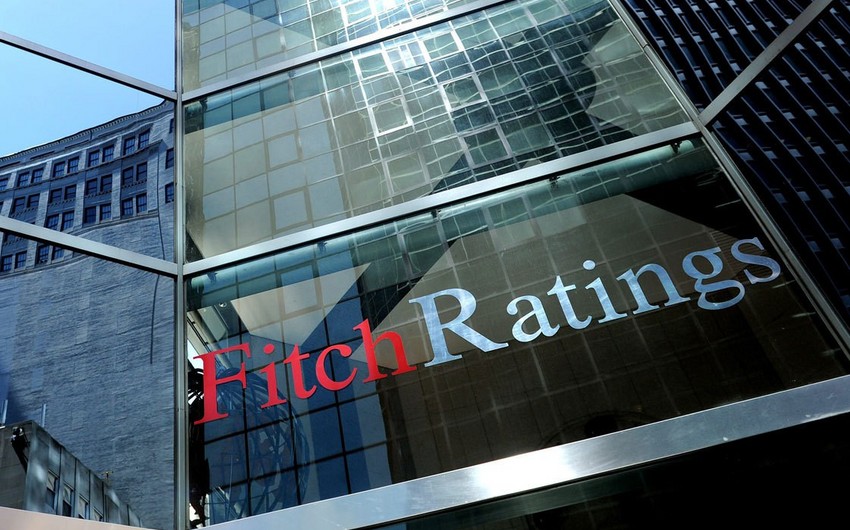The average capital impact of the final Basel III rules on EU banks at the end of the initial phase-in period in January 2030 is set to be roughly halved under recently published proposals, informs referring to Fitch Ratings.
The proposals dilute the impact of restrictions on banks’ internal models by offering significant transitional capital relief until end-2032 and deferring the start of the implementation by two years to January 1, 2025.
Domestic banks will have a 10-year runway to prepare for the full impact of the new regime if the proposals are approved next year.
This should make it straightforward for banks to manage the initial capital impact. However, once certain transitional reliefs expire at the end of 2032, almost three years after the end of the initial phase-in period, the potential capital impact for EU banks will increase.
The proposals, announced by the European Commission on October 20, will no longer allow the use of certain internal models for capital estimates. They will also establish a permanent aggregate “output floor,” phased in over five years.
Overall unfloored risk-weighted assets including the use of modeled estimates will not be permitted to fall below 72.5 percent of that estimated under updated standardized approaches.
The EU rules deviate from international rules by halving the underlying standardized risk-weights that apply for low-risk residential mortgages, and reducing by more than a third the risk-weights for unrated corporates internally rated as investment grade, between January 2025 and end-2032.
The EU proposals also maintain certain deviations that lower capital requirements, notably for non-retail SMEs with annual turnovers of up to 2.5 million euros and infrastructure projects, and that exempt corporates from credit valuation adjustment requirements.


 https://static.report.az/photo/9b4d450e-44b2-4818-b88b-95657b9f3f6b.jpg
https://static.report.az/photo/9b4d450e-44b2-4818-b88b-95657b9f3f6b.jpg

